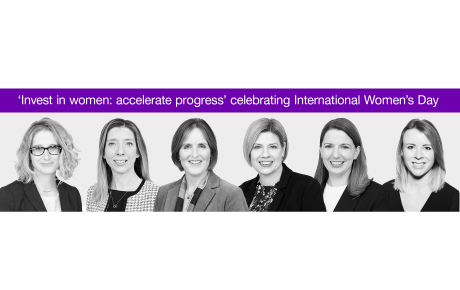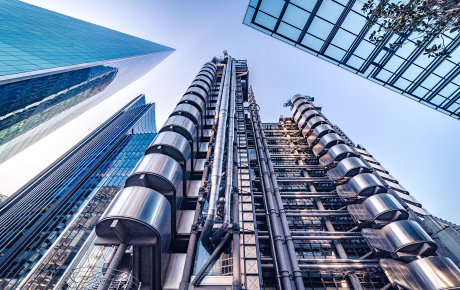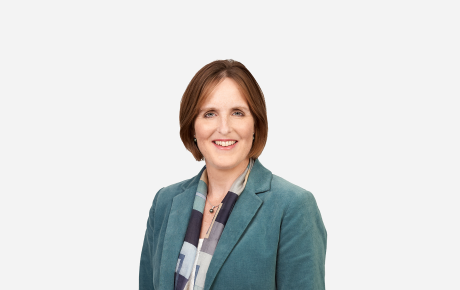
A slow take off
The market is gradually raising rates as 2017's heavy catastrophe losses begin to bite.
New Year’s Day couldn’t have come soon enough for many insurers. It marked the end of a particularly painful year – the most expensive on record for natural disasters. But I think that pain may continue into this year, and perhaps even next year too, bringing about a change in the market that it desperately needs.
Until last year, insuring natural disasters had begun to seem like a bet that insurers couldn’t lose. Property catastrophe risks became increasingly attractive, as did the profits they generated. It also meant that other, less well-performing lines could be overlooked.
That run of good luck came to an abrupt halt in late-August 2017 when Hurricane Harvey slammed into Texas, followed quickly by Hurricanes Irma and Maria, two powerful earthquakes in Mexico and wildfires that raged in California.
Although 2017 now stands as the most expensive ever year for natural disasters, the losses do not seem to be big enough to soak up enough of the excess capacity to trigger larger multi-line rate rises.
The January 1 renewals saw rate increases, particularly in loss-affected lines, such as US and Caribbean property and also in D&O, where increasing claims have prompted insurers to respond. Could January have been the start of sustained increases across our industry?
A wide turn
We had hoped that the estimated $140 billion of natural catastrophe losses would expose those frailties in the market, and would prompt the industry to take swift action, leading to price rises across the board.
We positioned ourselves well for this, increasing our stamp capacity, putting together very ambitious growth plans and gearing up our whole team in readiness for a turn in the market.
But rate rises were not as uniform, or as high, as we had anticipated for the January renewals, when around 20% of our London Market business renews. Fear creates a hard market, but the initial sense of panic that followed the storms had quickly dissipated.
Although 2017 now stands as the most expensive ever year for natural disasters, the losses do not seem to be big enough to soak up enough of the excess capacity to trigger larger multi-line rate rises.
One heavy net loss in a year is manageable. Two are painful. Three really hurt. And that’s just the hurricanes.
Meanwhile, the ILS market was able to reload with capital much quicker than had been anticipated, and insurers’ reinsurance costs didn’t jump after the disasters to a level that would have forced them to put up their own prices.
But, I feel there’s more pain to bear for some in our industry. Whereas in other very bad catastrophe years the losses have been shared between insurers and reinsurers, insurers felt most of the pain in 2017. One heavy net loss in a year is manageable. Two are painful. Three really hurt. And that’s just the hurricanes. Some companies will also be heavily exposed to the Californian wildfires and Mexico earthquakes.
It could be late 2018 or early 2019 before the full effects of last year’s losses filter through into the market. We believe the $225 million we have put aside to cover our expected claims is a prudent amount, but, for some, the pain could get steadily worse this year. The old adage that “good years always get better, bad years always get worse” will, I believe, hold true for 2017.
Prospects remain good
In early January, we tweaked our ‘stretch’ business plan for 2018, scaling back our goals, particularly in property. Although there are some pockets in which prices have risen significantly, such as beachfront property and apartment buildings, we’ve decided to not write as much as we’d planned because the rates aren’t as high as we had hoped they’d be.
Ultimately, we will grow our overall business this year, just not as much as we could have if the rates had really moved. But it is very nice for Hiscox London Market to return to growth.
We’re confident we’ll reach our goals in our five “investment lines” – household flood, commercial binders, D&O, terrorism and cyber – as we see good prospects for both rates and growth in these markets. We remain disciplined in the specialist-traded lines that make up the rest of our business and continue to seek out good opportunities. Ultimately, we will grow our overall business this year, just not as much as we could have if the rates had really moved. But it is very good for Hiscox London Market to return to growth.
The recent release of Lloyd’s annual results was a stark reminder that this market is not in a healthy state. It reported an overall combined ratio of 114% and even if you remove the effect of the natural catastrophes, it was still above 100%. In fact, the only line of business with a combined ratio of less than 100% was energy. Property, marine and motor posted combined ratios of over 120%. Life’s was over 130%.
There is only two ways of fixing a loss-making operation: either write less or put up prices. Both of those will benefit us.




